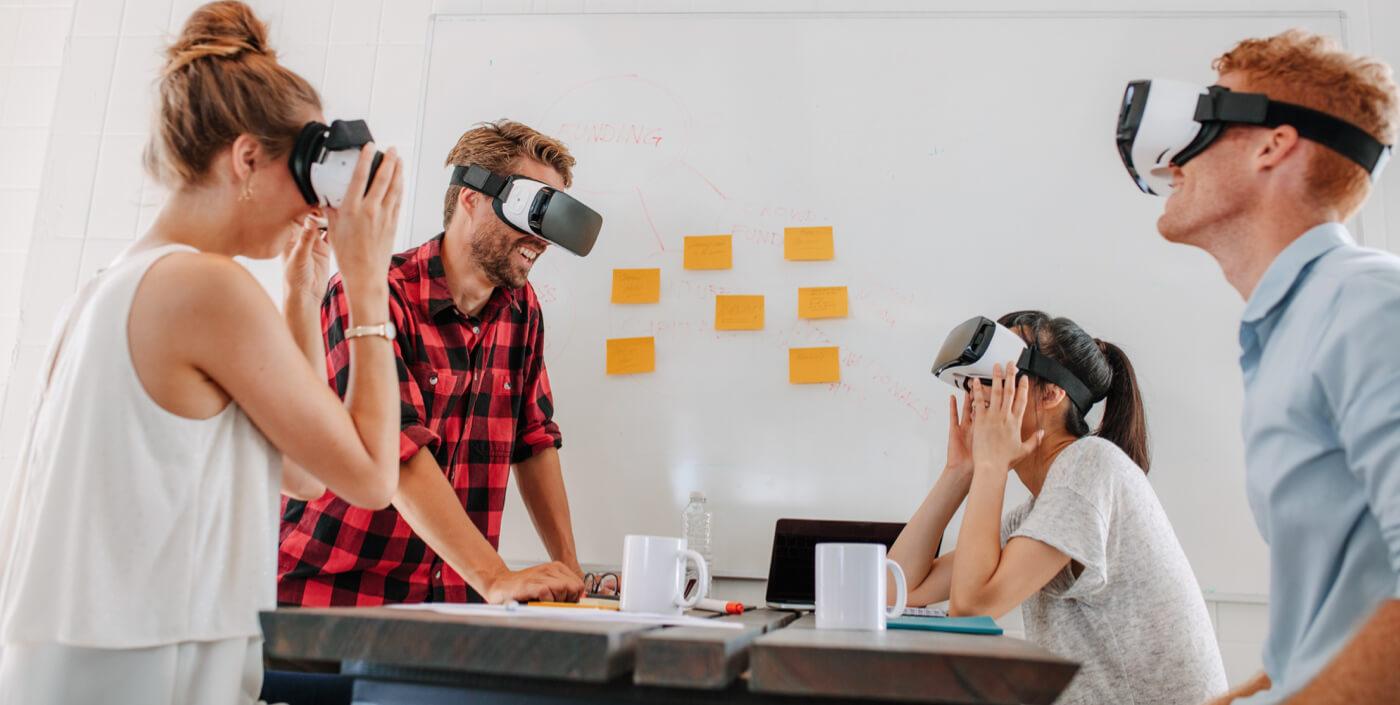Mastering VR/AR in Education: Effective Training Tips for Teachers
The landscape of education is rapidly evolving, with virtual reality (VR) and augmented reality (AR) at the forefront of this transformation. As immersive technologies become more accessible, teachers play a critical role in harnessing their potential for engaging, impactful learning experiences. Mastering VR/AR in education isn’t just about using cutting-edge tools—it’s about knowing how to implement them effectively to maximize student outcomes. In this guide, we’ll explore actionable training tips, essential skills, and inspirational case studies for teachers keen to excel in the realm of immersive technologies.
Why VR/AR is Transforming the Educational Experience
Before diving into training tips, it’s vital to understand the unique benefits of VR and AR in education. These technologies create interactive, multidimensional learning environments where students can:
- Visualize complex concepts: VR/AR bring abstract ideas to life, making subjects like science and history more tangible and easier to grasp.
- Foster active learning: Students engage more deeply with hands-on activities, role-play scenarios, and simulations.
- Encourage collaboration: VR/AR tools often support group projects and peer-to-peer interaction, enhancing teamwork and dialog skills.
- Bridge learning gaps: Immersive experiences cater to different learning styles and accessibility needs, making education more inclusive.
- Enable remote learning: Virtual environments can connect students and teachers worldwide, transcending classroom walls.
Preparing educators for Immersive learning: Top VR/AR Training Tips for Teachers
As with any new technology,integrating VR/AR into education requires strategic training and ongoing support. Here’s how teachers can master these tools and transform their classrooms:
1. Start With the Basics: Understand the Technology
- Familiarize Yourself with Hardware: Get hands-on with VR headsets (e.g., Oculus Quest, HTC Vive), AR-enabled tablets or smartphones, and compatible accessories.
- Explore Popular Platforms: Engage with educational VR/AR platforms such as Google Expeditions, classvr, Merge EDU, and cospaces Edu.
- Stay Informed: Subscribe to blogs, attend webinars, and network with other educators for the latest updates and best practices in VR/AR education.
2. Align VR/AR with Learning Objectives
- Identify where VR or AR can enhance your curriculum—for example, virtual field trips for social studies or 3D anatomy explorations for biology.
- Set clear learning goals for each immersive activity to maintain purpose and relevance.
3. Start Small and Scale Up
- Pilot a single lesson or activity with VR/AR to build confidence and gather feedback.
- Iteratively expand usage as you and your students become more pleasant.
4. Emphasize Classroom Management in Virtual Spaces
- Establish safety guidelines and proper device usage rules.
- Monitor students’ interactions to ensure focus and minimize distractions.
- Leverage built-in teacher controls—with many VR/AR platforms providing tools for supervision and content moderation.
5. Foster Student-centered Learning
- Encourage students to create their own VR/AR content—such as virtual tours or interactive AR posters—to deepen understanding and foster creativity.
- Promote collaborative projects within immersive environments to enhance teamwork.
6. Reflect and Iterate
- Gather student feedback about their VR/AR experiences—what worked, what didn’t, and how it could improve learning outcomes.
- Document your own observations and continually refine your approach.
7. don’t Go It Alone: Leverage Professional Learning Communities
- Collaborate with other teachers implementing VR/AR, both within your school and online through educator forums and social media groups.
- Participate in or organize training sessions and share resources.
Case Studies: Successful VR/AR Integration in the Classroom
Real-world examples illustrate the transformative impact of immersive technology in education. Here are a few inspiring case studies:
- Virtual Field Trips at Parkview Middle School: using Google Expeditions, teachers led students on interactive field trips to ancient Rome, the Grate Barrier Reef, and more, resulting in noticeable increases in engagement and retention.
- STEM Simulations at Riverside High: Science teachers used ClassVR to simulate chemical reactions and explore the human body in 3D, making complex concepts accessible even to struggling students.
- AR in Early literacy: An elementary school leveraged AR flashcards and storytelling apps to support reading development, notably benefiting english language learners.
Firsthand Perspectives: Teachers’ Experiences with VR/AR Training
Teachers who have successfully integrated VR/AR in their classrooms often highlight the following lessons learned:
- “start slow, don’t be afraid to make mistakes.” – Many teachers recommend beginning with one application and building from there,allowing both themselves and their students to learn at a comfortable pace.
- “Share your journey with others.” – Documenting experiences through blogs or school newsletters not only showcases achievements but also encourages more educators to embrace immersive technologies.
- “Seek out student leaders.” – Involving tech-savvy students as VR/AR ambassadors creates a collaborative learning atmosphere and eases the transition for the entire class.
Common Challenges and How to Overcome them
Despite the opportunities, educators may face obstacles when mastering VR/AR in education:
- Budget Constraints: Start with affordable or free VR/AR apps and explore grant opportunities or shared resources within your school district.
- Technical Difficulties: Partner with your school’s IT department and ensure reliable Wi-Fi connectivity and hardware support.
- Training and Support: Seek out vendor-provided training, online tutorials, and educator communities for ongoing professional development.
Quick Reference: Best practices for VR/AR Professional Development
- Pace learning: Introduce concepts gradually, dedicating time for hands-on exploration.
- Integrate with existing PD programs: embed VR/AR modules into broader professional development sessions.
- Assess impact: Regularly evaluate how VR/AR is affecting student learning and teacher satisfaction.
- Encourage ongoing learning: Provide access to up-to-date resources and refresher workshops.
Conclusion: Empowering Today’s Teachers for Tomorrow’s Classrooms
Mastering VR/AR in education empowers teachers to deliver rich, memorable learning experiences that prepare students for a rapidly changing world. By embracing purposeful training, sharing best practices, and fostering a culture of innovation, educators can unlock the full potential of immersive technology.Whether you’re just starting your VR/AR journey or seeking new strategies to scale your success,remember: every step forward brings your classroom closer to the future of learning.
Ready to take the next step? Explore more about VR/AR in education and join a growing community of teachers shaping tomorrow’s classrooms, today.

